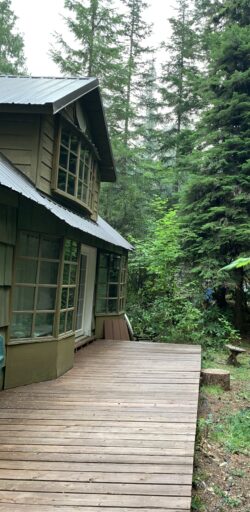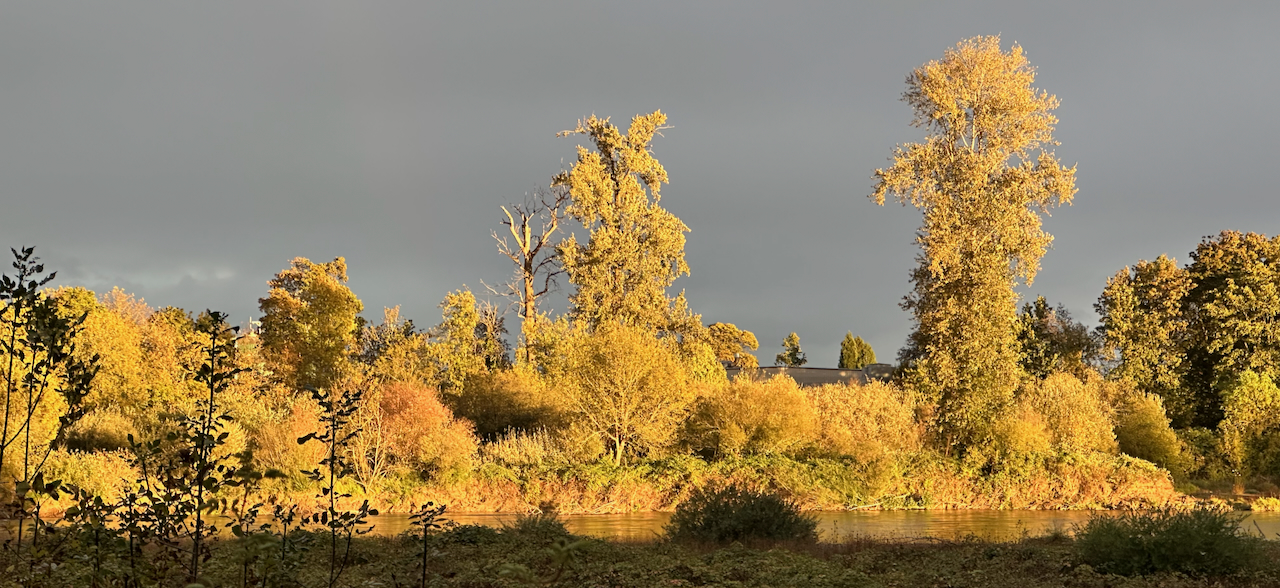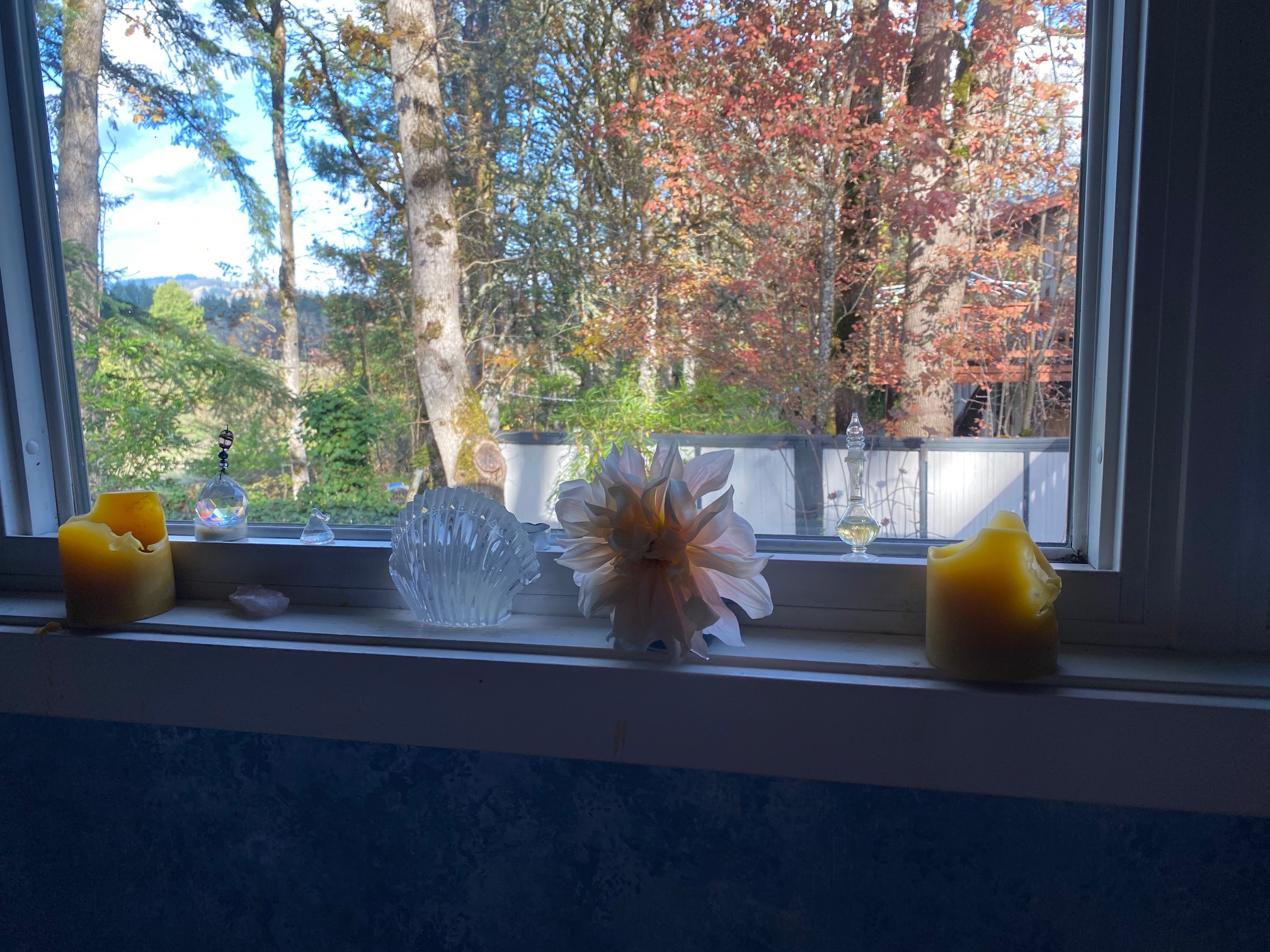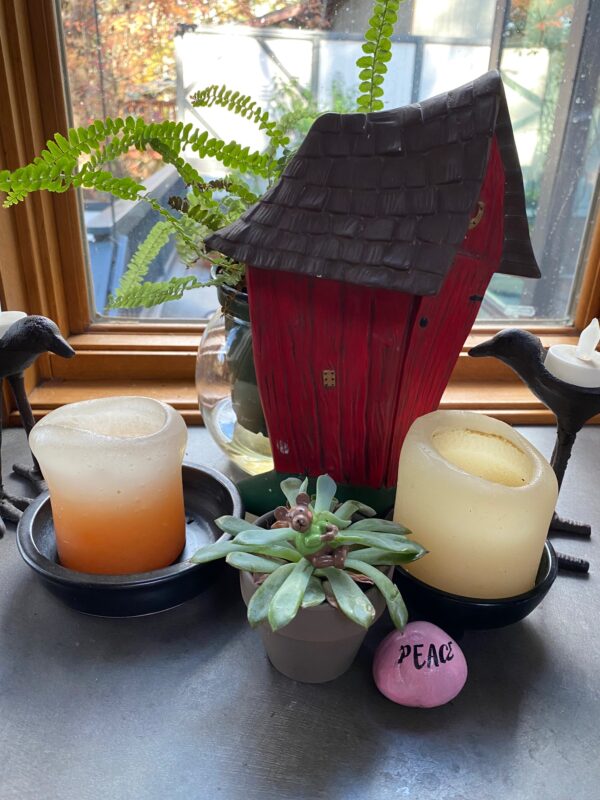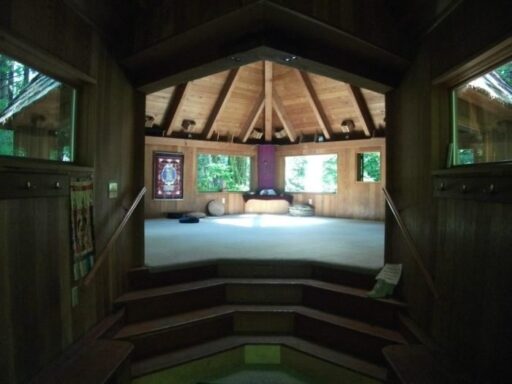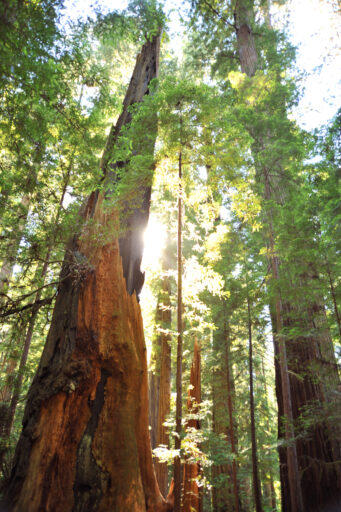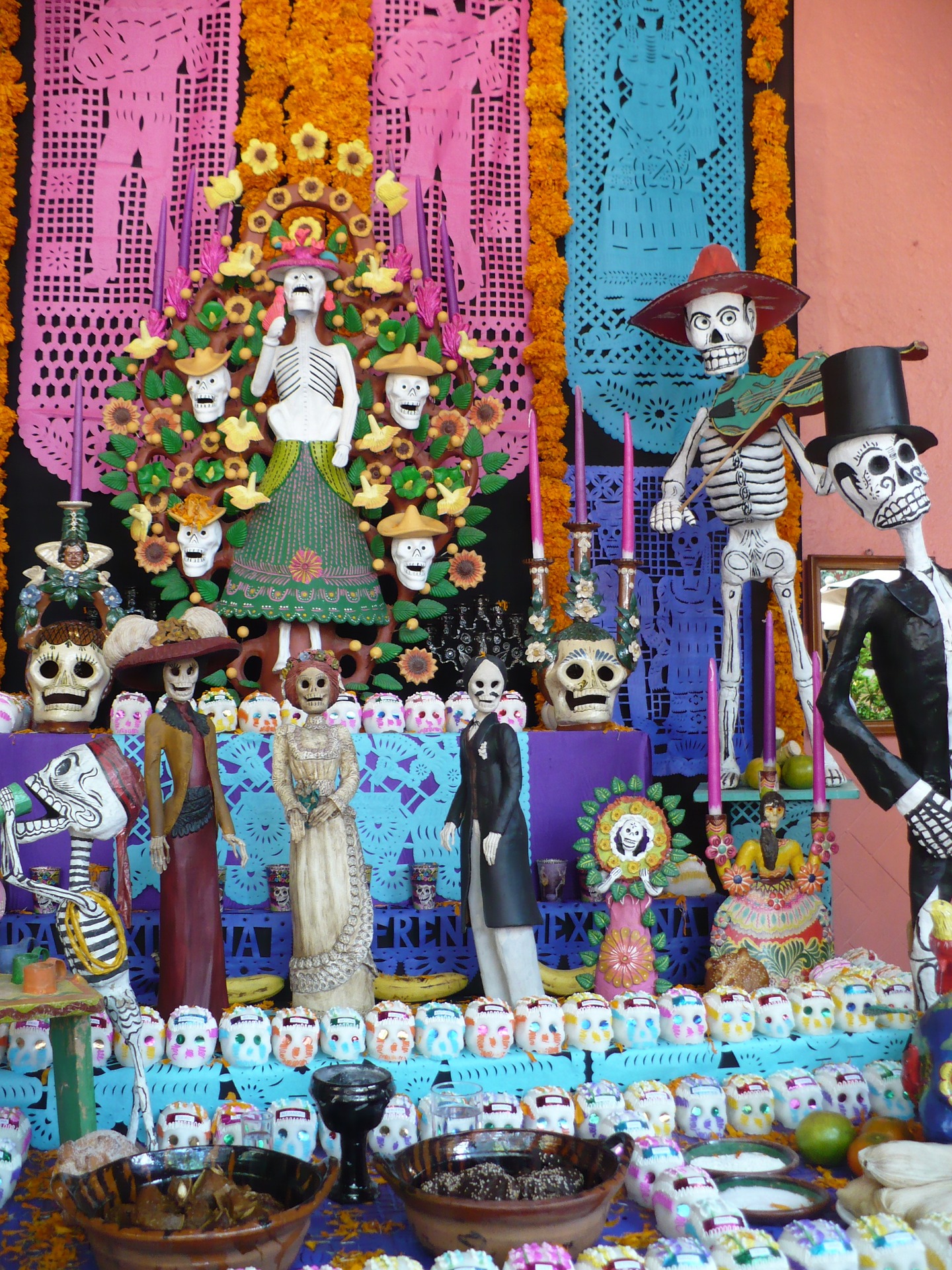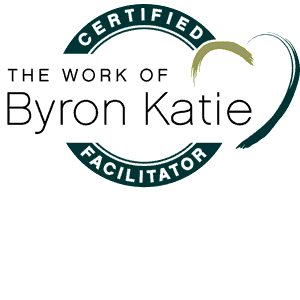
Happy Autumn!
There’s an acorn woodpecker just on the other side of the window, the red streak at the back of its head highlighting the hard work of getting real nutrition from the world around it.
Its motive and mine are not so different, I think. It’s more and more difficult to find truth when being fed a refined diet of alarmist headlines. I often balance on the hairline tightrope between fear and love. Then I remember what really matters. This perspective brings some comfort.
Unless your superpower is tunnel vision, you’re also exposed to a toxic drip of fear, lies and hatred, which is way more than a normal human brain can process. Or at least this human brain. I often forget even the most basic wisdom that my long life has offered. I sometimes even begin to doubt a foundational faith that has carried me before through dark times.
During the last few months, my brain, trying to be a helper, put the words of Julian of Norwich on autoplay: All shall be well and all shall be well and all manner of thing shall be well. What a very wise brain! It turns out these words of wisdom came as a mystic visitation to the 13thcentury anchorite nun in England. Since she lived during times that were a bit chaotic, given the plague, starvation, inquisitions, and the hunting and burning of women, I thought her words might have a little relevance in our current world. After all, her wisdom was sought and followed by religious and secular leaders of the time, and they were up against some hard stuff.
Long ago, inspired by the Carlos Castaneda books, I made a commitment to a Path of Heart. I was 29 when I posted the declaration on my office door: For me there is only the traveling on paths that have heart, on any path that may have heart, and the only worthwhile challenge is to traverse its full length—and there I travel looking, looking breathlessly.
During the last 45 years these words have found sturdy legs in all my various roles as a teacher, author, mother, counselor, and coach. I have tested this path, and it has not let me down. Although I have amended it after practicing the breathless thing again and again. If I could now I would edit that sign. Today, it would end, and there I travel, breath by breath, led by curiosity and wonder.
Going back to the basics gives me comfort. It reminds me to learn from all sources of deep wisdom. To trust grace to carry me above the confusion and to guide me to land on the next best action.
And so, with a whole lot less anxiety, I will sit down today to write one more batch of post cards reminding people to vote their conscience in the upcoming election. I will drop them in a mailbox soon, sprinkled with a prayer for the good of all beings.
Including you.
SGB
|
curiosity is my girlfriend demanding but patient she was once easily satisfied by whimsy while I attended to grown-up matters like family and job and living a serious life we’d paint my pinky nail with glitter to mark our secret engagement to remind me that we need each other in the grown-up world and to remember that laughter is always a choice after dark weeks of rain we’d go on short drives to discover there really was an opening of blue just over the hill nowadays she demands a good wander raises an eyebrow at any excuse she speaks now in the language of rustling trees and crickets at sunset and nudges me with each step to pause to listen in wonder to ask the next question and love the next as yet unfinished answer. —SgB 2024 |
|
photos by George Beekman and Ben Beekman |

